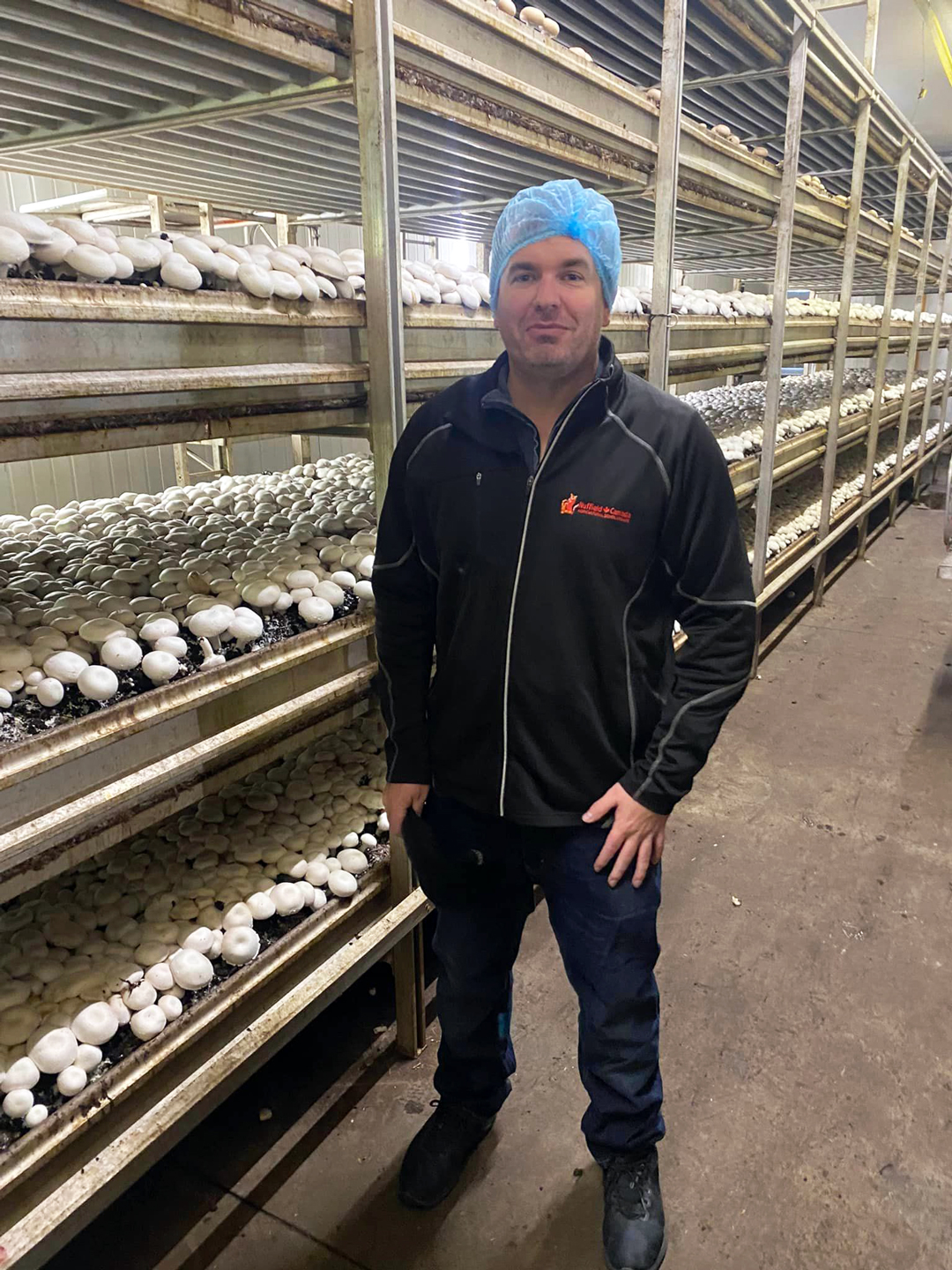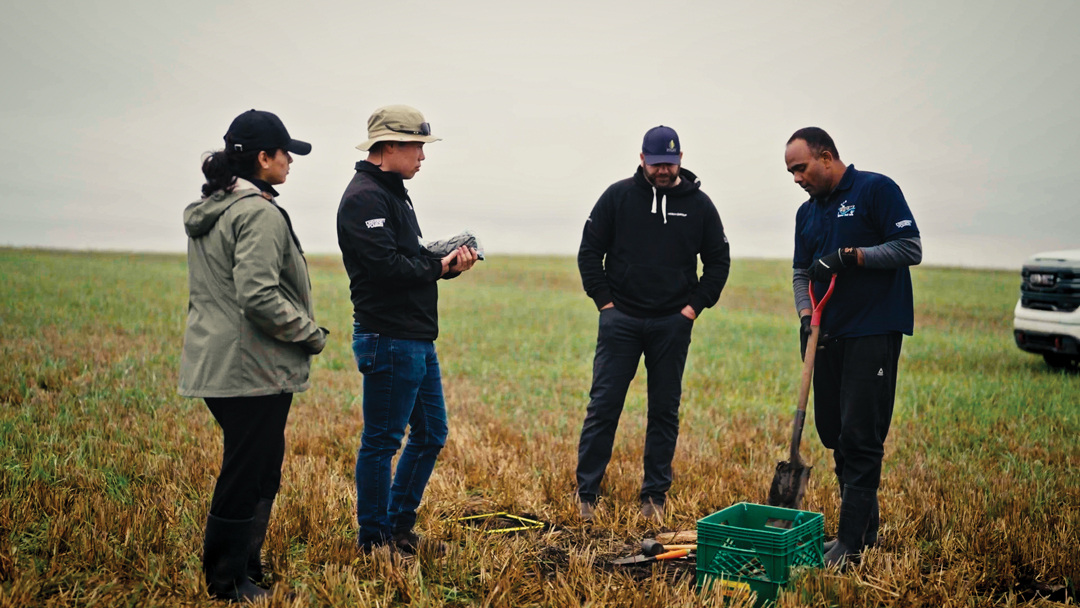NEWSROOMS NEED FARM CONNECTION
BY TIM PARENT • PHOTO COURTESY OF CRAIG LESTER
With the help of a Nuffield Canada scholarship, Craig Lester is challenging mainstream media coverage of agriculture. Lester is the founder of Rural Roots Canada, an agriculture media company he launched in 2010. In 2022, he left his day job as a broadcast journalist to work full time on his own business.
While reporting on an industry event that year, he spoke with agronomist Steve Larocque. The Nuffield Canada chair and a scholarship recipient himself, Larocque suggested Lester apply for a Nuffield Scholarship. The program supports mid-career agricultural professionals with a $20,000 scholarship that allows them to travel to conduct research on a chosen topic. Scholars are expected to submit a report and are encouraged to share their findings. They are often asked to speak at industry events.
“I thought the program was strictly for farmers and researchers,” said Lester. Larocque dispelled the notion, and Lester drew on his experience in media and agriculture to apply for the 2023 cohort. His idea was to study the influence of mainstream media on consumer perceptions of the industry. “I’ve worked in newsrooms for 20 years, so I understand what drives coverage. I wanted to find ways to build better relationships between agriculture and mainstream media.”
With the scholarship and additional sponsorship, he was able to visit 16 countries on six continents to meet with mainstream and farm news professionals and study how media outlets around the world tackle agricultural stories.
“I was interested in how people in rural areas and urban centres perceive agriculture, where and how they get information and evaluating the credibility of that information and how that influences their opinions of the industry. But, as I travelled and talked to journalists, editors and academics, it became clear another story hadn’t been told—how newsrooms are influenced by the information landscape.”
He determined mainstream media most often covers agriculture during crisis events such as drought, policy changes and food security threats. “They parachute in, cover it and leave. My focus became how do we keep agriculture in the news cycle beyond those moments of crisis and disruption?”
Lester’s exploration took a sobering turn during a visit to the University College Dublin where researchers were studying mental health among farmers. He learned media coverage itself ranked among the top contributors to suicidal ideation in the farming community. “You think about the power of words, and what’s being said during a newscast, and how that affects farmers living with constant pressure,” said Lester. “That gave me a completely new perspective on the stakes involved in how we report on agriculture.” With a platform, farmers can control the narrative. “The best media coverage typically occurs when an organization creates a forum for farmers to tell their story.”
Investment in Nuffield is a natural fit for Alberta Grains. “We’re proud to sponsor scholars through the program,” said Mike Flynn, the organization’s executive director. “We want to make sure our goals and objectives are met through the sponsorship. Nuffield has been spectacular about that, making sure the research we sponsor applies to our organization.”
Flynn and Lester agree the impact of Nuffield scholarships goes beyond the final reports written by recipients. Lester’s Nuffield experience gave him the confidence to discuss farm and food policy with international ambassadors, visit normally off-limits ag facilities in the Middle East and represent Canadian farm media organizations abroad. “The Nuffield experience took me to the edge of what I thought I was capable of personally and professionally, then catapulted me beyond,” said Lester.







Comments